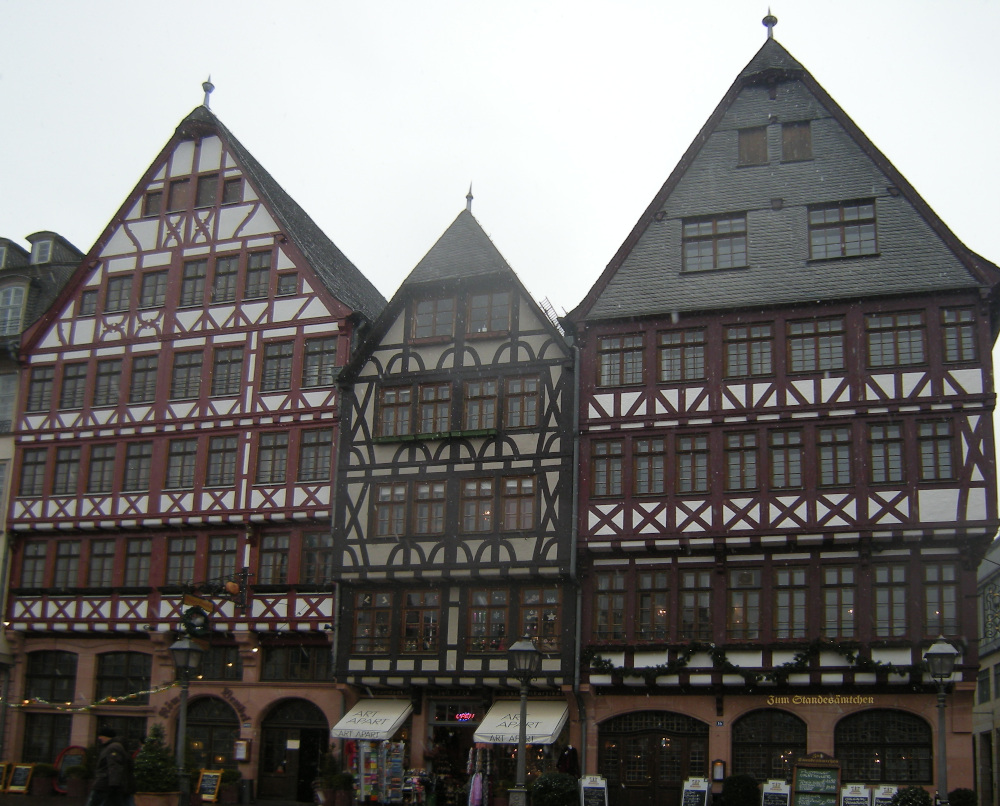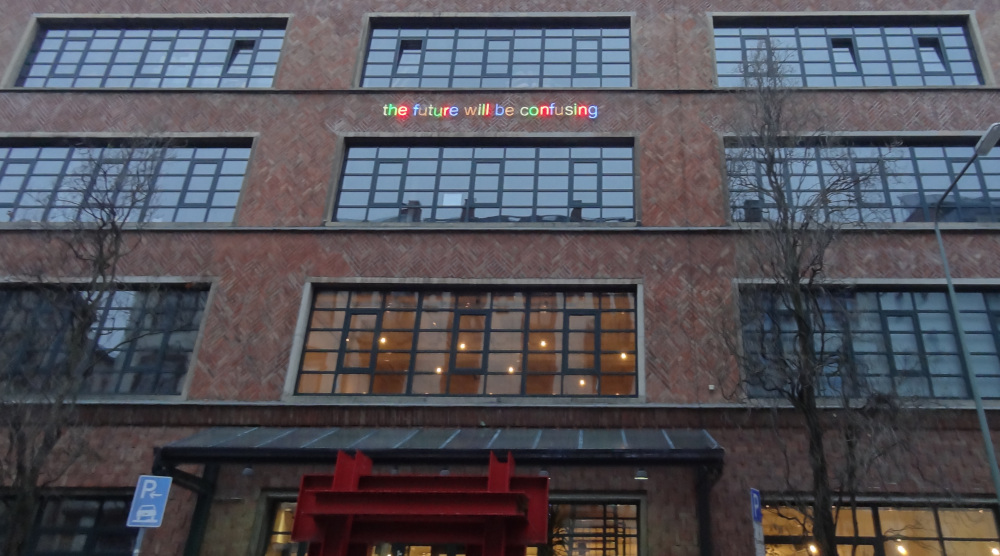Heidi, the Girl from the Alps, a two-volume novel written by Johanna Spyri (born in 1827 in a small village, died in the city of Zurich in 1901), was published in 1879 / 1880, became a world-wide success story already towards the end of the 19th century and children do still like it today - as a book, as a radio play and as a movie.
Heidi is by far the most popular piece of Swiss literature ever written and has been translated from German into 50 languages, been filmed more than a dozen times, and more than 50 million copies of Heidi books have been sold world-wide (Switzerland's population is only 8 million ...).




